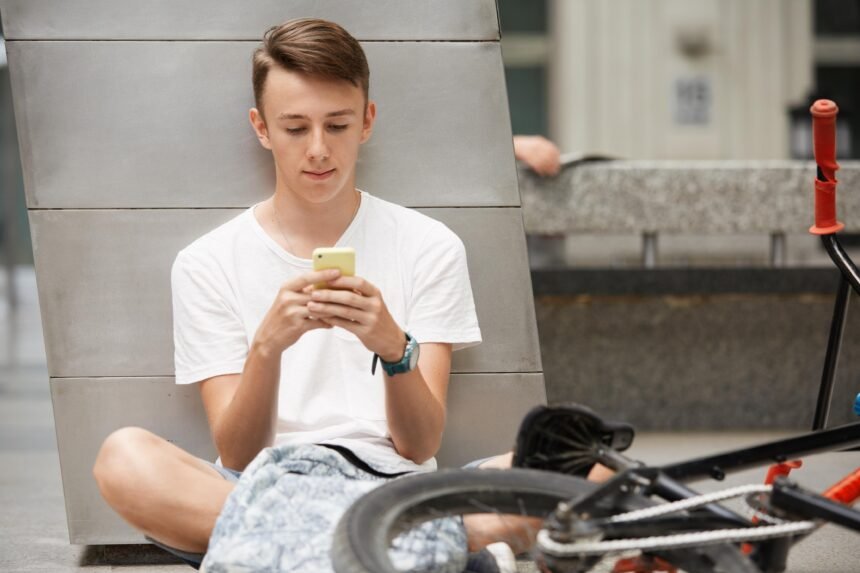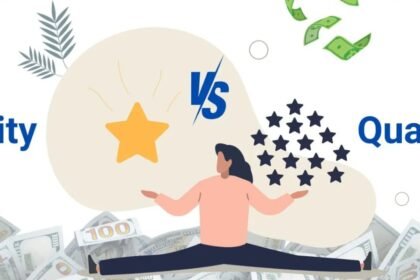Social media platforms have woven themselves into the fabric of teenage life. Today’s teens spend hours daily scrolling through feeds, sharing content, and connecting with peers across various digital platforms. This constant connectivity brings both opportunities for meaningful connection and serious challenges for mental well-being. The relationship between social media use and teen mental health continues to evolve as these platforms become more sophisticated and embedded in daily routines.
Positive Aspects of Social Media
Social media creates valuable spaces for teens to find their communities and access support. Teens who feel isolated in their schools or neighborhoods can connect with others who understand their experiences. Young people dealing with mental health challenges often discover they are not alone when they read posts from peers facing similar struggles. These platforms also provide access to mental health information and resources that might otherwise be unavailable to teenagers.
Educational content about anxiety, depression, and coping strategies reaches teens through formats they already engage with daily. Mental health advocates share personal stories and practical advice, making these topics more approachable for young people who might hesitate to seek traditional help. This accessibility helps normalize conversations about mental health and reduces stigma around seeking support.
Negative Impacts on Mental Health
The same connectivity that creates opportunities also introduces new risks to teen mental health. Cyberbullying follows teens home through their devices, making escape from harassment nearly impossible. The curated nature of social media posts creates unrealistic standards for appearance, achievement, and lifestyle.
Dr. Brooke Keels, Chief Clinical Officer at Lighthouse Recovery Texas, explains this phenomenon. “Teens are psychologically wired to seek social validation during adolescence which makes them particularly vulnerable to the curated perfection they see online,” Keels states. “Their developing brains interpret these highlight reels as reality, creating a constant sense of inadequacy that feeds directly into anxiety and depression symptoms.”
This comparison trap becomes even more problematic for teens already struggling with mental health challenges. Michael Anderson, MA, Licensed Professional Counselor, notes that “adolescents with anxiety and depression are particularly susceptible to social media’s psychological traps because their brains are already primed for negative thought patterns.” Anderson explains that these teens “seek validation online to soothe their internal distress, but the unpredictable nature of social media feedback actually intensifies their anxiety.”
Sleep patterns suffer when teens scroll through feeds late into the night. The blue light from screens disrupts natural sleep cycles, while engaging content keeps minds active when they should be winding down. Poor sleep directly affects mood, concentration, and overall mental health during crucial developmental years.
Platform design intentionally captures and holds attention through notification systems and endless feeds. This creates patterns of compulsive checking and scrolling that interfere with face-to-face relationships, academic performance, and offline activities that support mental well-being.
Factors Moderating Impact
Not all teens experience social media in the same way. Parental involvement makes a significant difference in how teens navigate online spaces. When parents engage in ongoing conversations about digital experiences rather than simply imposing restrictions, teens develop better judgment about their online interactions. Teaching teens to recognize manipulative content and understand privacy settings empowers them to make informed choices.
The way teens use social media matters as much as how much time they spend on it. Active participation through meaningful conversations and content creation tends to be more beneficial than passive consumption of endless feeds. Setting boundaries around usage and creating tech-free times and spaces helps maintain balance between online and offline experiences.
Strategies for Healthy Social Media Use
Building healthy social media habits requires intentional effort from teens, families, and schools working together. Families can establish clear expectations about device use during meals, bedtime, and family activities. Teaching teens to curate their feeds by following accounts that inspire rather than trigger negative feelings helps create more positive online environments.
Schools contribute by incorporating digital literacy into their curricula and helping students understand both the benefits and risks of social media use. These educational efforts work best when combined with family discussions about online experiences and consistent modeling of balanced technology use by adults.
The goal should be helping teens develop the skills to use social media as a tool that enhances rather than replaces real-world relationships and activities. This approach recognizes that social media will remain part of teenage life while prioritizing mental health and well-being in the digital age.








